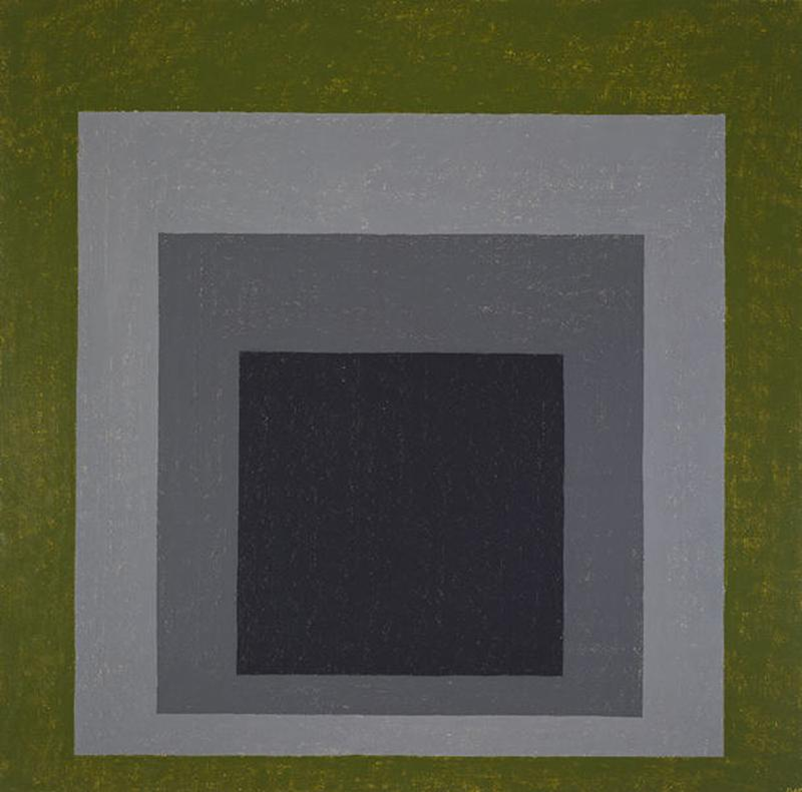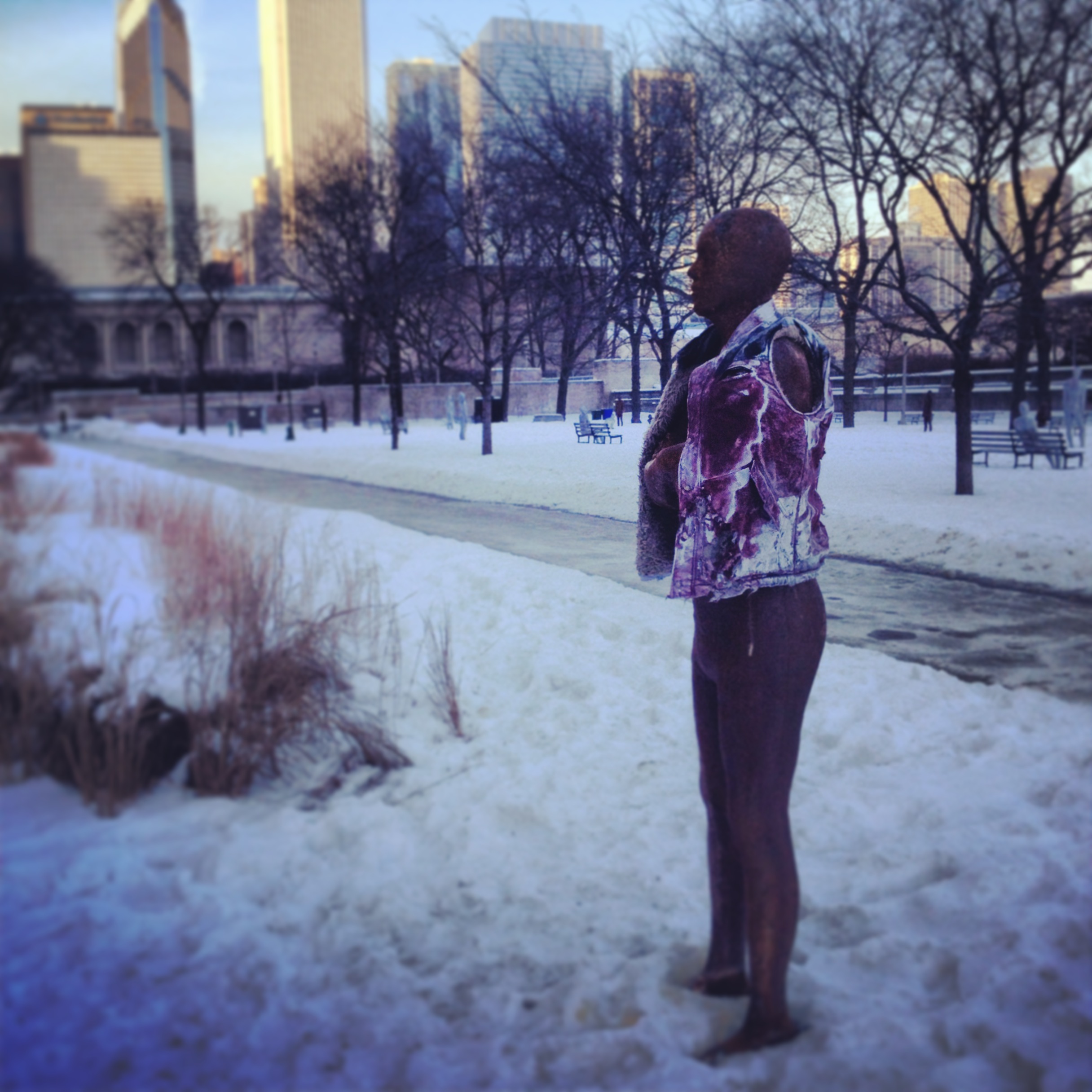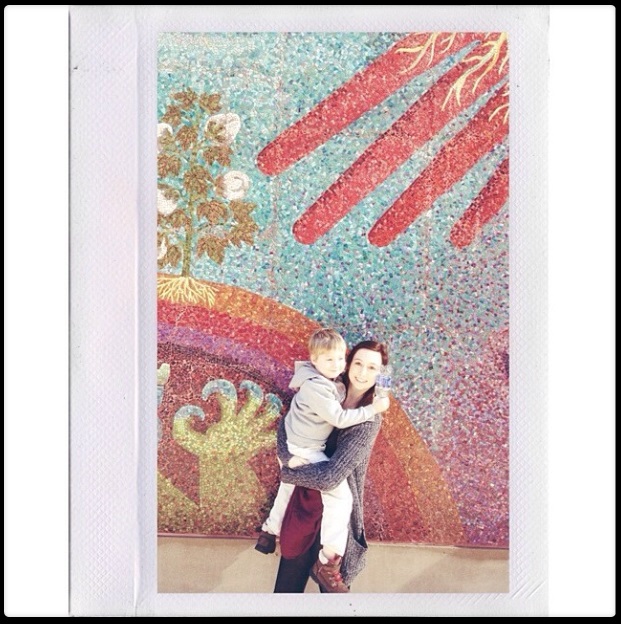A calligram is a word or phrase in which the design of the text is arranged to create a visual image that expresses the meaning of the words. For example, the below piece on the right (by Low-Commitment Projects) integrates words that describe a flamingo (leg, long neck, pink) into a recognizable shape that mimics the bird.
- Josef Albers, Homage to the Square (733), 1965
Similarly, concrete poetry, an experimental literary style that gained prominence in the 1950s, also heavily relies on the aesthetics and visual design of the words used in a piece of writing to impart overall meaning to the work. In this respect, language is image, and the physical material from which the poem or text is made is just as vital to the meaning of the work as the words that are chosen. The poem becomes an object, and the poet an artist.
During their first DMA visit of the new school year, our Booker T. Washington Learning Lab students investigated the concepts of calligrams and concrete poetry. As senior visual art students, they are understandably comfortable expressing themselves through purely visual means. But with this exercise, we wanted to challenge the students to expand their avenues of communication, and explore this hybrid visual/literary method as an alternative way to express themselves and provide insight into their personal and artistic interests.
- @the1that_got_away
- @g_littlejohn
- @hannahshafer_
The calligrams the students created were quiet varied, taking the shapes of animals, pop culture icons, people, and even geometric and natural forms. Getting to know the students through this unique introduction helped us as educators gain insight into their artistic and personal modes of expression, and (we hope) provided them with useful self-reflection as well. We’ll be working with these students all year long as part of our Learning Lab class partnership, so stay tuned for more exciting things to come from this group of creatives!
Danielle Schulz
Teaching Specialist





